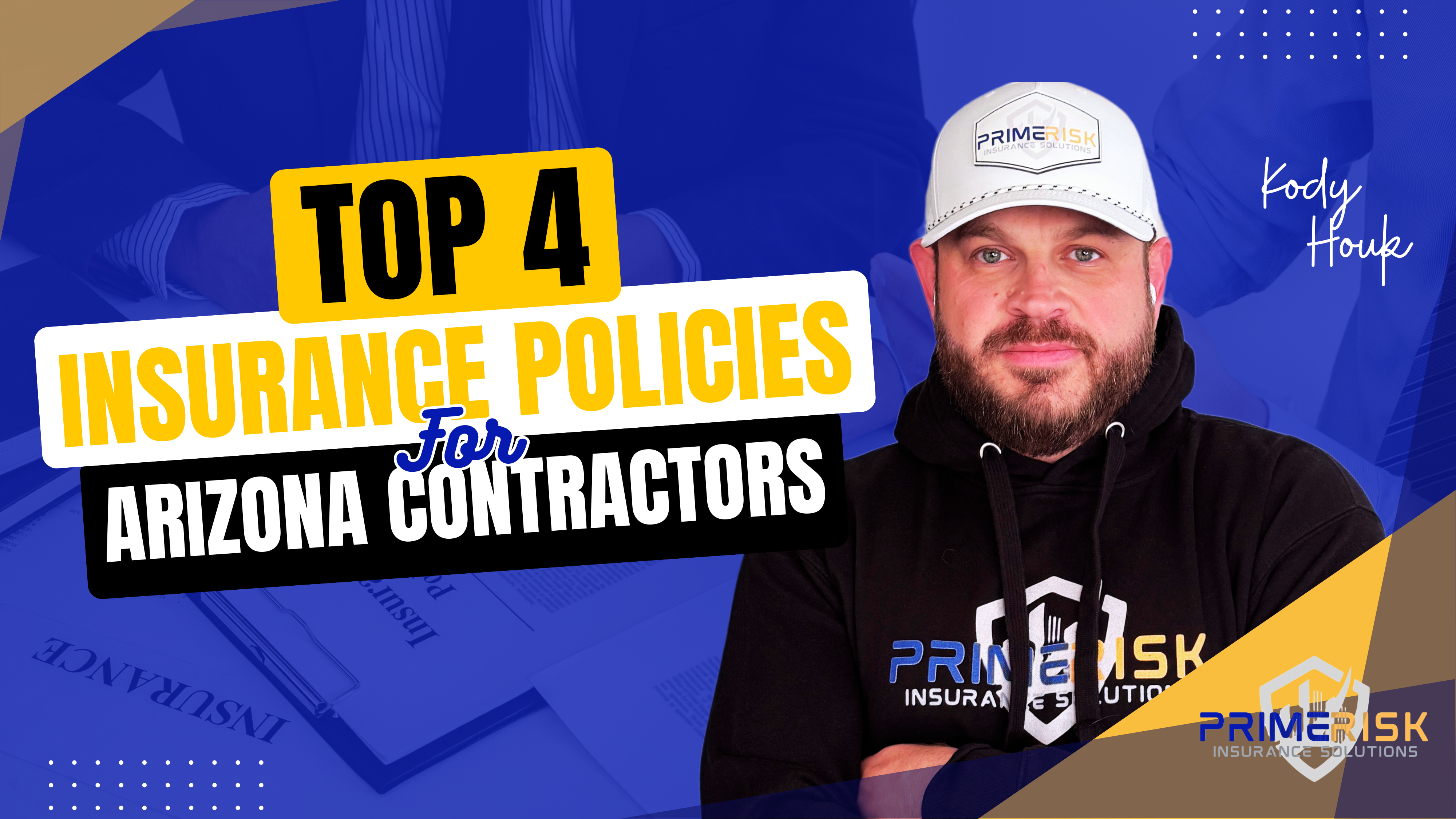
Workers’ Compensation Insurance for Roofers in Arizona: Everything You Need to Know

When you’re running a roofing business in Arizona, you’re not just scaling heights—you’re also shouldering major responsibilities. Among the most important? Protecting your team and your business with the right insurance. That’s where Workers’ Compensation Insurance comes in.
At Prime Risk Insurance, we specialize in guiding roofing contractors through the high-risk world of workers’ comp. In this post, we’ll break down what you need to know: why it’s required, what it covers, how premiums are calculated, and the smartest ways to lower your costs.
What Is Workers’ Compensation Insurance?
Workers’ Compensation Insurance is designed to safeguard both your employees and your business when on-the-job injuries happen. Whether it’s a fall, a back injury, or another workplace accident, workers’ comp ensures you’re covered.
Here’s What It Covers:
- Medical expenses: Doctor visits, hospital stays, surgeries, and physical therapy for injured workers.
- Lost wages: Partial income replacement while an employee recovers.
- Rehabilitation costs: Programs to help employees return to work safely.
- Employer liability: Protection against lawsuits stemming from workplace injuries.
Without coverage, you could face massive out-of-pocket costs, legal action, and steep fines for non-compliance.
Why It’s Critical for Roofers in Arizona
Workers’ comp is legally required in Arizona if you have employees—but for roofing contractors, it’s more than just a box to check.
Roofing is classified as high-risk due to the nature of the job. Falls are one of the top causes of workplace injuries in the construction industry. In fact, the average fall-related claim can exceed $50,000.
Providing workers’ comp doesn’t just protect your team—it also shows your clients and employees that you take safety and responsibility seriously.
How Workers’ Comp Premiums Are Calculated
Several factors determine how much you’ll pay for coverage:
- Payroll size
Premiums are calculated as a percentage of your total payroll. - Risk classification
Roofing is considered high-risk, which leads to higher base rates than other trades. - Claims history
Fewer past claims? You’re likely to enjoy lower premiums. - Experience Modification Rate (EMR or EOD)
This score reflects your company’s safety record. An EMR below 1.0 can qualify you for rate reductions.
4 Ways to Lower Your Workers’ Comp Costs
Even in a high-risk industry like roofing, there are smart strategies to reduce your premiums:
1. Invest in Safety Training
Regular safety programs help prevent accidents and lower the number of claims.
2. Implement a Return-to-Work Program
Helping injured employees return to modified duties sooner can cut down on claim costs.
3. Bundle Your Policies
Combining workers’ comp with general liability and commercial auto with the same carrier can unlock policy discounts.
4. Work with an Independent Agent
At Prime Risk, we compare quotes from multiple providers to find you the most competitive rates available.
How Prime Risk Can Help
Roofing insurance is our specialty. When you partner with Prime Risk, you get:
- Tailored policies specifically for roofing businesses.
- Expert advice to keep your premiums low.
- Compliance support to meet Arizona’s legal requirements.
We’re here to make workers’ comp easy to understand—and even easier to manage.



